1. Ron Howard – From Richie Cunningham to Oscar-Winning Director
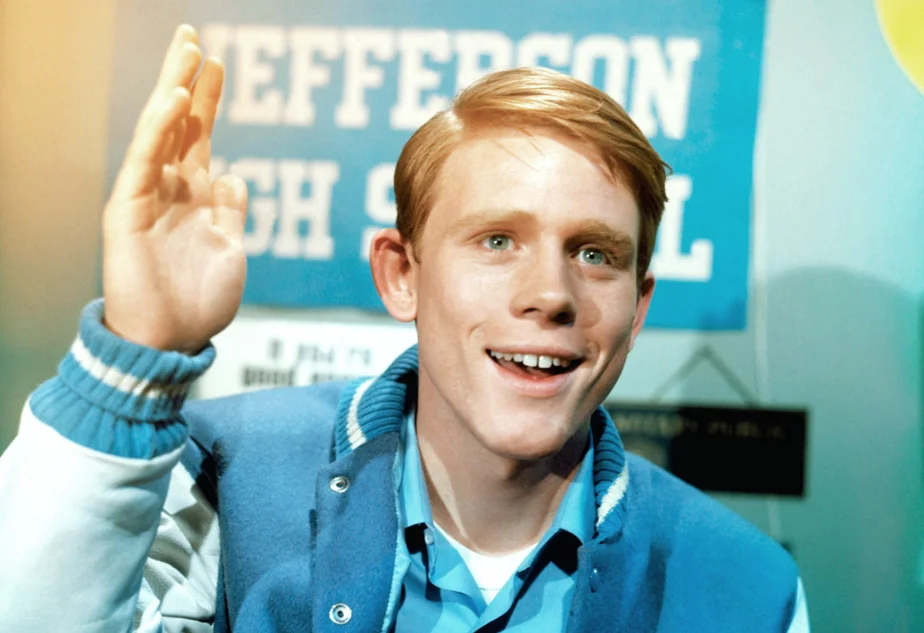
Ron Howard became a household name in the 1970s as Richie Cunningham on Happy Days. His wholesome image and charm made him a favorite among audiences. While Howard’s role on the show defined his early career, he wasn’t content to be just another child star. His transition to directing was seamless, with his first directorial effort being the successful comedy Grand Theft Auto in 1977.
Howard’s ability to shift from acting to directing only strengthened his career. As a director, he brought to life films like A Beautiful Mind, which won him an Academy Award, and Apollo 13, which garnered critical acclaim. His versatility in navigating both the front and back of the camera has made him one of Hollywood’s most respected figures, proving that versatility in entertainment knows no bounds.
2. Betty White – A Pioneer Across Multiple Platforms
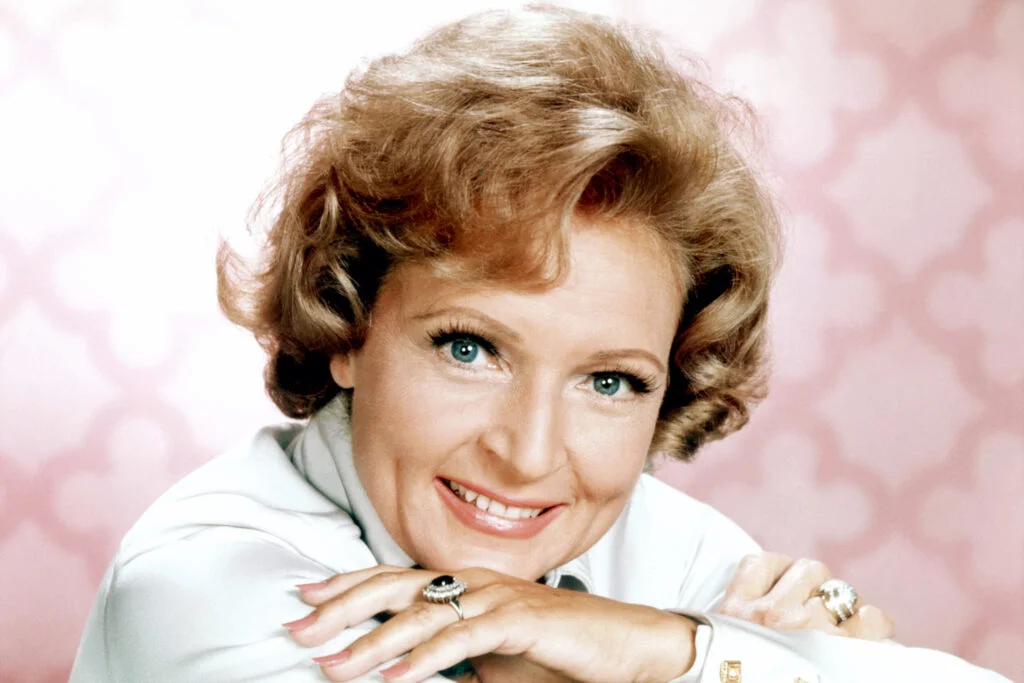
Betty White was already a prominent TV personality in the 1970s, thanks to her role as the sharp-tongued Sue Ann Nivens on The Mary Tyler Moore Show. But White’s career stretched far beyond acting. She made history as the first woman to produce a sitcom with Life with Elizabeth, which aired in the 1950s. This achievement marked her as a pioneer in the entertainment industry.
In addition to her acting and producing work, White became a beloved fixture on game shows, showcasing her humor and wit. She hosted The Betty White Show and appeared on shows like Match Game and Password. Betty’s ability to excel in multiple areas of television solidified her legacy as one of the most versatile stars in entertainment history.
3. Anson Williams – From Potsie to Acclaimed TV Director
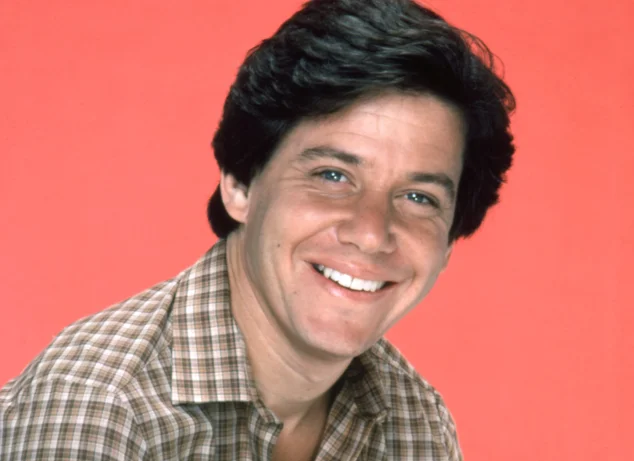
Anson Williams is best remembered as Potsie Weber on Happy Days, a character who brought lighthearted charm to the show. While he was adored for his role, Williams didn’t let it define his career. He decided to transition from acting to directing, a move that proved to be a successful one. Williams directed numerous episodes of popular series, including Star Trek: Voyager and Melrose Place.
His work behind the camera received critical acclaim, showcasing his ability to craft compelling television. Williams’ transition from actor to director demonstrated his versatility and passion for storytelling. His ability to thrive in both acting and directing illustrates just how far his talents extended within the entertainment industry.
4. Teri Garr – From Dancer to Oscar-Nominated Actress

Teri Garr’s early career was rooted in dancing, and she appeared in various productions before transitioning into acting. Her breakout role came in the 1974 comedy Young Frankenstein, where she displayed her comic timing and acting range. Garr’s talents only expanded from there, with her performance in Tootsie earning her an Academy Award nomination.
Beyond her film work, Garr’s versatility extended to television, where she appeared in numerous popular series. She was often recognized for her ability to balance comedy with drama, making her one of the most versatile actresses of her generation. Her journey from dancer to Oscar-nominated actress is a testament to her enduring talent and adaptability in the entertainment world.
5. Jack Klugman – From ‘Odd Couple’ to Diverse Roles
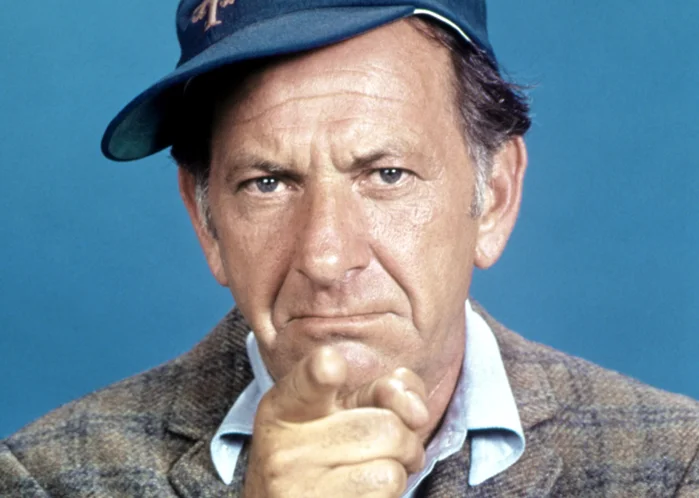
Jack Klugman’s breakout role came in the 1970s with The Odd Couple, where he portrayed the messy, lovable Oscar Madison. While this iconic role cemented his place in television history, Klugman’s versatility was apparent when he moved into more serious roles. He starred in Quincy, M.E., a medical drama in which he played a medical examiner solving crimes.
Klugman’s ability to seamlessly transition between genres, from sitcoms to medical dramas, showcased his broad acting range. His portrayal of a determined medical examiner in Quincy allowed him to show off his dramatic side, earning him respect in the television industry. His career proves that versatility is key to maintaining a long-lasting presence in the entertainment world.
6. Sally Struthers – From Sitcom Star to Stage and Voice Actress

Sally Struthers rose to fame in the 1970s as Gloria Bunker Stivic on All in the Family. Her sharp comedic timing and strong presence made her an unforgettable character on the show. However, Struthers’ career didn’t end with television sitcoms. She expanded her talents by taking on roles in theatre, including stage performances in The Great American Trailer Park Musical and Mame.
In addition to stage work, Struthers became a prominent voice actress. She voiced characters on animated shows like The Pebbles and Bamm-Bamm Show and The Jetsons. Her ability to transition from live-action roles to voice acting showcased her diverse talents and versatility, making her a standout star in multiple entertainment mediums.
7. John Ritter – A Versatile Comedian and Dramatic Actor
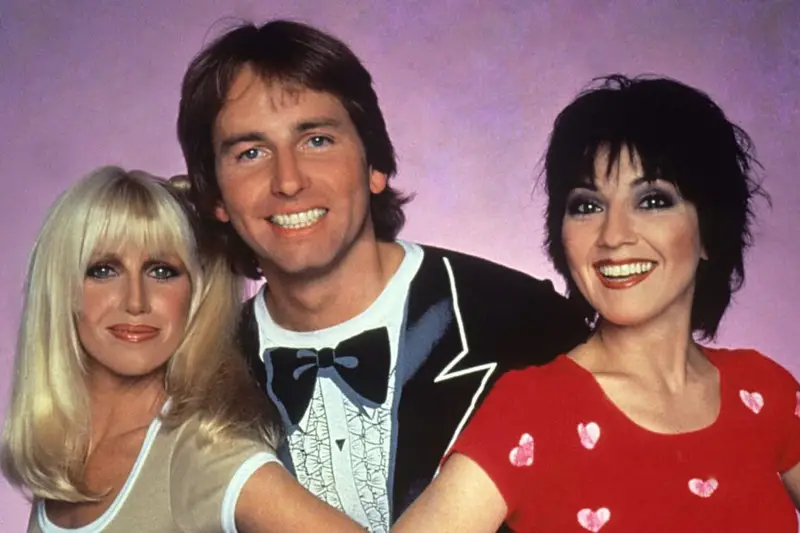
John Ritter was known to audiences in the 1970s for his role as Jack Tripper on Three’s Company, where he became famous for his physical comedy and slapstick humor. His performance made him a beloved figure, but Ritter’s career was far from one-dimensional. As he grew older, Ritter showcased his dramatic chops in series like 8 Simple Rules, where he portrayed a father dealing with the complexities of parenting.
Ritter’s ability to blend comedy with drama proved his versatility as an actor. His transitions from light-hearted sitcoms to more serious family-oriented roles earned him critical acclaim. His work across genres and his heartfelt performances solidified him as one of TV’s most talented and versatile actors.
8. Farrah Fawcett – From ‘Charlie’s Angel’ to Art Icon
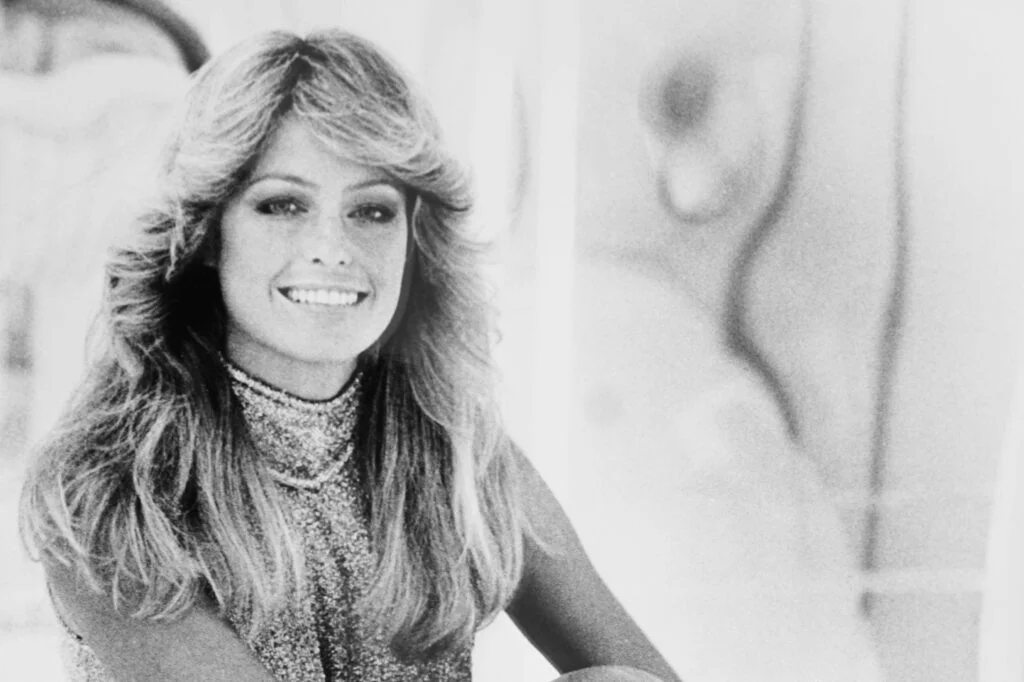
Farrah Fawcett became a pop culture icon in the 1970s thanks to her role on Charlie’s Angels, where she brought a combination of beauty, strength, and charm to her character. While Fawcett’s role as Jill Munroe made her a household name, her career took an unexpected turn when she transitioned into dramatic roles in film and television. She was nominated for a Golden Globe for her role in The Burning Bed (1984), a powerful film about domestic abuse.
Fawcett’s willingness to take on serious roles and her strong performances in challenging material proved her versatility as an actress. She later became a renowned visual artist, producing abstract paintings that were well-received in art circles. Fawcett’s career evolution from television star to art icon demonstrated her ability to evolve with the times and continually explore new avenues for her talents.
9. Richard Chamberlain – From Heartthrob to Shakespearean Actor
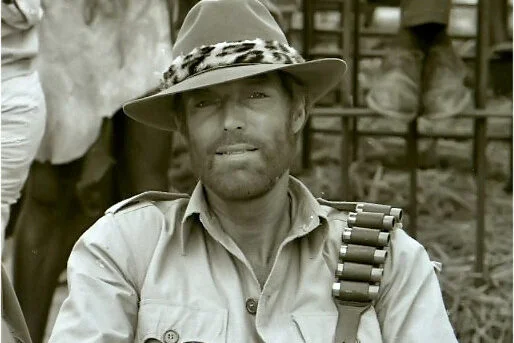
Richard Chamberlain was a heartthrob for many fans in the 1970s, particularly known for his role as Dr. Kildare in the medical drama Dr. Kildare. But Chamberlain’s talents extended beyond the typical leading man roles he was often cast in. He transitioned from television to the stage, taking on roles in Shakespearean productions like Hamlet and Macbeth, showcasing his range as a dramatic actor.
Chamberlain’s work on stage demonstrated his ability to tackle the most challenging theatrical works. His versatility allowed him to balance his heartthrob status with deep, complex roles that brought him critical acclaim. He is an example of an actor who was not limited by his early success but used it as a springboard for a diverse and rich career.
10. Linda Gray – From Soap Opera Star to Drama Icon
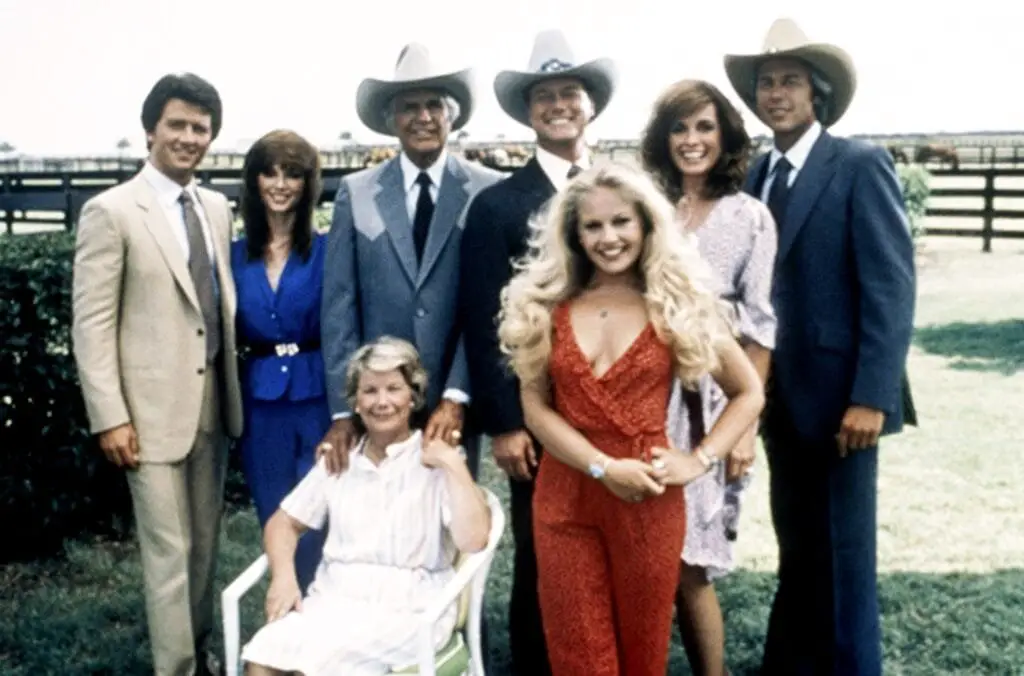
Linda Gray made a name for herself in the 1970s as the iconic Sue Ellen Ewing on Dallas. While she became synonymous with her role in the soap opera, Gray didn’t stop there. She also took on roles in television movies and became a respected figure in Hollywood for her ability to handle both glamorous and gritty roles.
Her later work, including starring in the The Road to Galveston and The Word, demonstrated her acting range. Gray’s talent for switching from high-society roles to more grounded, emotionally complex characters was key to her successful career in television and film. Gray’s willingness to explore different genres reinforced her versatility as an actress.
11. Tom Selleck – A Star Who Could Do It All
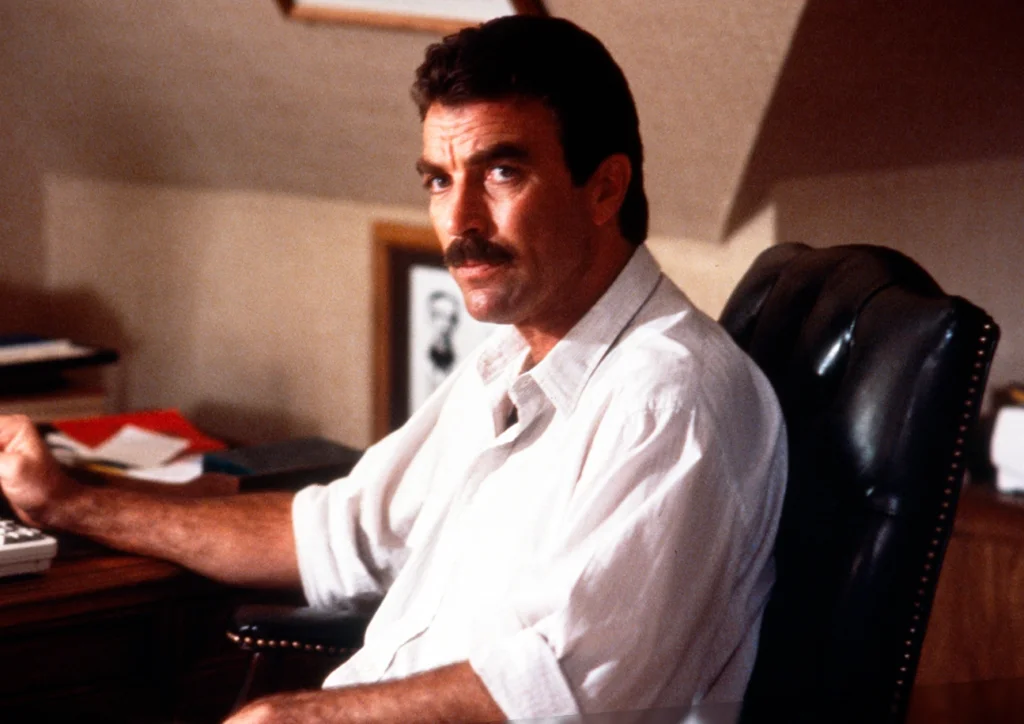
In the 1970s, Tom Selleck became famous for his role as the charming private investigator Thomas Magnum in Magnum, P.I.. His on-screen persona was that of the suave, heroic man-of-action, but Selleck’s career stretched far beyond just action roles. He starred in comedies like Three Men and a Baby and took on serious dramatic parts in films like Quigley Down Under.
Selleck’s ability to transition seamlessly between comedy, drama, and action films demonstrated his range. His career shows how an actor can be both a leading man and a versatile performer, handling multiple genres with ease. Selleck’s lasting presence in television and film highlights his ability to move fluidly through different styles of acting.
12. Cloris Leachman – A Comedic Genius with a Dramatic Range
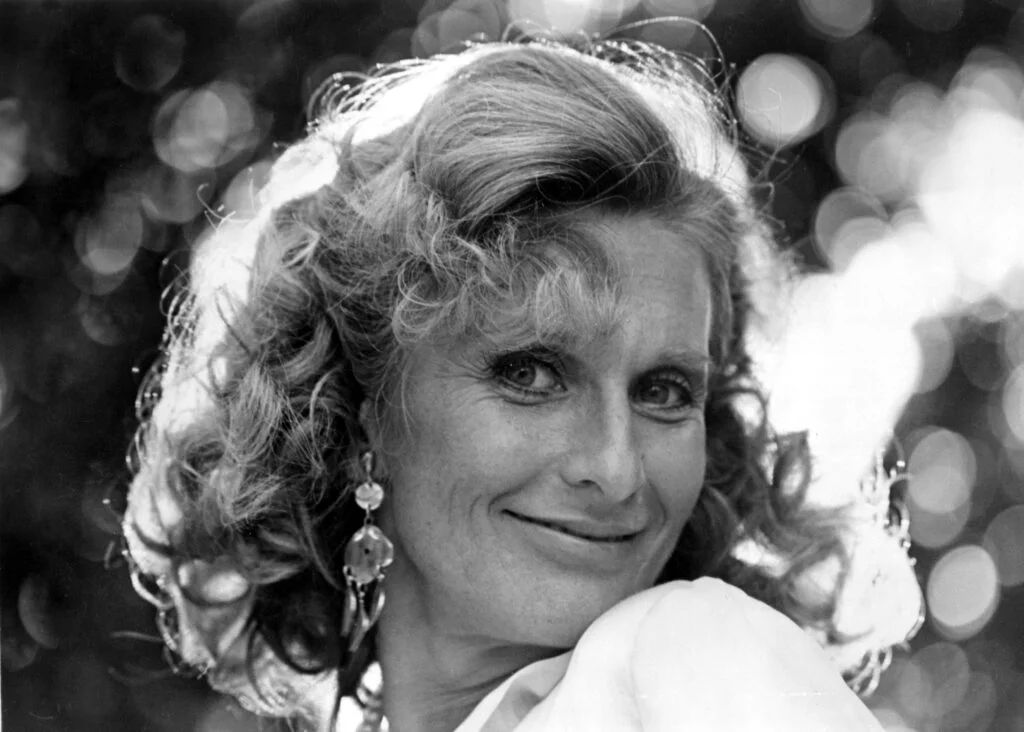
Cloris Leachman was best known in the 1970s for her role as Phyllis Lindstrom on The Mary Tyler Moore Show, a performance that earned her an Emmy Award. However, her career wasn’t confined to comedy. Leachman showcased her dramatic acting ability in films like The Last Picture Show, for which she won an Academy Award for Best Supporting Actress.
Leachman’s ability to master both comedy and drama made her one of the most respected actresses in Hollywood. She continued to receive accolades throughout her career, proving that her talents were not limited to any one genre. Her versatility allowed her to thrive in both comedic and dramatic roles, securing her place as one of the greats.
13. Burt Reynolds – From Heartthrob to Character Actor
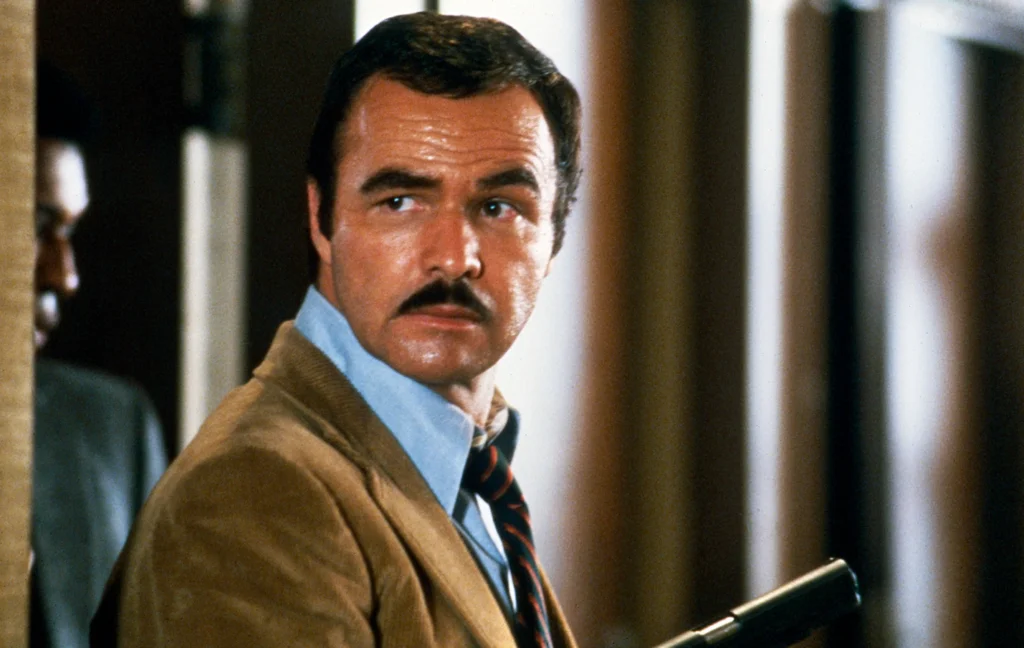
Burt Reynolds gained fame in the 1970s with roles in films like Deliverance and Smokey and the Bandit. He became one of Hollywood’s biggest heartthrobs, but Reynolds didn’t let that define his career. As the years passed, he transitioned into more complex roles, showcasing his versatility in films like Boogie Nights, which earned him an Academy Award nomination.
Reynolds wasn’t just a pretty face—he was a talented actor who could shift between comedy, action, and drama with ease. His diverse range of roles throughout his career proved that he was much more than a leading man, solidifying his place as a Hollywood legend. His evolution as an actor demonstrates how a star can remain relevant by embracing different types of roles.


